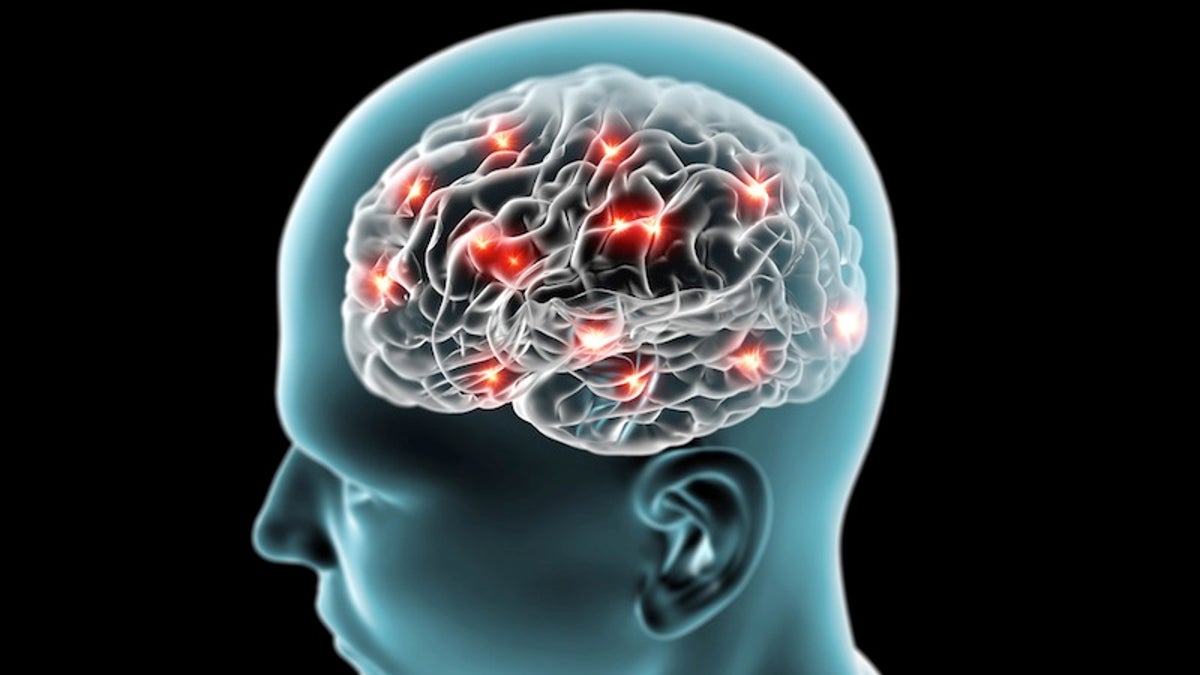
A rare and fatal brain disorder called sporadic Creutzfeldt-Jakob disease can be challenging to identify, with patients needing to undergo a number of tests before a diagnosis can be made. But a new test could improve the accuracy of the diagnosis, according to a new study from Italy.
In the study involving dozens of patients, the test, known as RT-QuIC testing, was 100 percent accurate in identifying patients with sporadic Creutzfeldt-Jakob disease (CJD) , as well as 100 percent accurate at excluding patients who didn't have the disease, when the researchers followed a two-step process of testing.
"Our results suggest that the application of RT-QuIC testing will improve the accuracy and speed of sporadic CJD diagnosis," compared with current methods of testing, the researchers, from the University of Verona, wrote in the Dec. 12 issue of the journal JAMA Neurology.
Creutzfeldt-Jakob disease is a progressive brain disorder that affects about 1 in 1 million people each year worldwide, according to the National Institutes of Health. In the early stages of the disease, people can have memory and vision problems, and a lack of coordination, followed by involuntary movements, blindness and coma. People typically die within a year of showing symptoms, the NIH says.
More From LiveScience
The disease is caused by proteins in the brain called prions . These proteins fold abnormally, and lead to lesions in the brain.
There are three forms of Creutzfeldt-Jakob disease: one that is inherited, one that can be caught from exposure to infected tissue from the brain or nervous system (sometimes referred to as " mad cow disease "), and one type that is "sporadic" and does not appear to have a genetic or environmental cause.
The sporadic type is the most common, responsible for 85 percent of cases, according to the NIH.
Usually, people who have sporadic Creutzfeldt-Jakob disease are diagnosed by a number of physical exams and laboratory tests. These tests can include a test of cerebrospinal fluid (CSF, the fluid that surrounds the brain and spinal cord) that looks for certain proteins called 14-3-3 and tau proteins, which are associated with Creutzfeldt-Jakob disease.
But RT-QuIC, which stands for "real-time quaking-induced conversion," lets researchers test directly for the abnormal prions that cause the disease.
The test requires a sample of CSF or a sample of cells collected from inside a patient's nose using a swab, or both.
Then, the samples are tested for prions . Because patients may have only a small amount of abnormal prions in their brains, the RT-QuIC method amplifies prions so they can be detected. (It accelerates the process by which the prions replicate, until they are present in quantities large enough to be detected.)
In the study, the researchers used the test on 61 patients with sporadic Creutzfeldt-Jakob disease and 71 patients who didn't have the disease. (Because the only way to confirm Creutzfeldt-Jakob disease is to test brain tissue after death, patients were followed until death, or until they received an alternative diagnosis.)
All 61 patients with sporadic Creutzfeldt-Jakob disease tested positive for the condition based on the samples of CSF or nasal cells, or both.
The test was not perfectly accurate when only samples of CSF were used, or only nasal cells. But the researchers found that when they used a two-step process (using CSF testing first, followed by nasal cell testing in some cases), the test was 100 percent accurate. They were able to correctly diagnose all of the patients with sporadic Creutzfeldt-Jakob disease and correctly exclude all of the patients who had a different condition.
That's an improvement over current diagnostic methods — a 2009 study found that the current methods correctly diagnose about 83 percent of people who actually have sporadic Creutzfeldt-Jakob disease and correctly exclude 71 percent of people who don't have the disease.
There is no treatment for CJD. But getting a fast test result could benefit patients who don't have the disease — in the study, some of the patients who were thought to possibly have CJD tested negative, and then were treated successfully for the conditions they actually had, the researchers said.
The RT-QuIC testing method used in the new study "should soon become the standard laboratory examination for the diagnosis of sporadic CJD, adding to or replacing current tests for 14-3-3 and tau proteins in CSF," Dr. Paul Brown, a former senior investigator at the National Institutes of Health who is now retired, wrote in an editorial accompanying the study.
Interestingly, the RT-QuIC test did not perform as well on patients who had an inherited form of CJD ; of the eight patients in the study with genetic forms of the disease, only half had a positive test result.
The reason for this finding is not clear, and it's too soon to draw conclusions, given the small number of patients in the study with genetic forms of the disease, Brown said. However, it could be that the sporadic form and genetic forms are truly different in terms of the timing and distribution of the abnormal proteins in the CSF and nasal cells, Brown said.
The researchers noted that the genetic forms of Creutzfeldt-Jakob disease generally would be identified using results of genetic testing for mutations in the prion protein.
Finally, because the study included only patients who already had symptoms of Creutzfeldt-Jakob disease, it's not clear whether the test could identify patients before they start to show symptoms, the researchers said.
RT-QuIC testing is already available in most Western countries (including some laboratories in the United States), as well as in Japan and Australia, the researchers said. It typically costs about $100 to $200 per test, and the results are available in one day for nasal cell tests and three days for CSF tests, they said.
Original article on Live Science .
